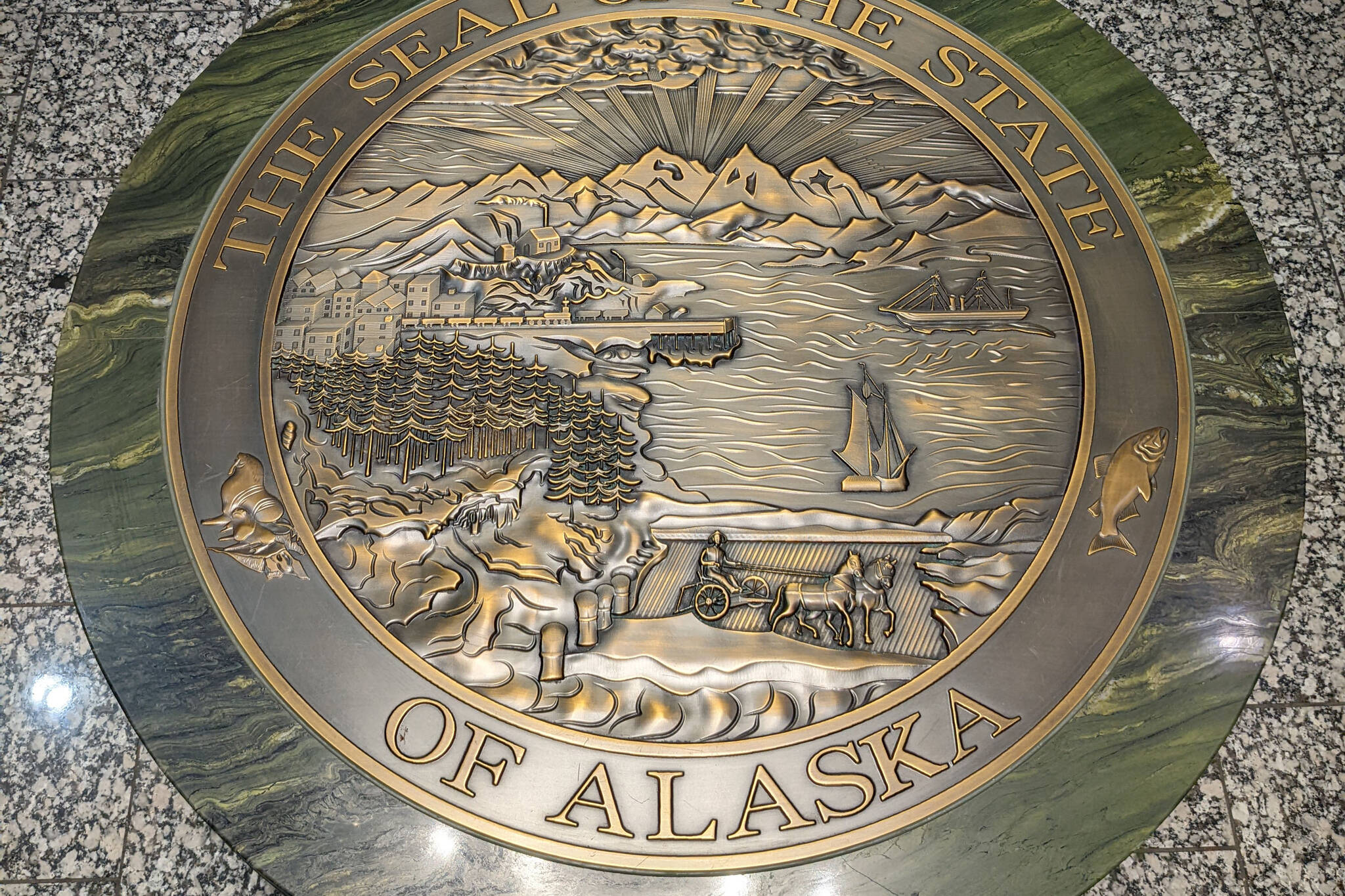By Taylor Drew Holshouser
There is something wrong with Alaska’s economy. It just won’t grow. The state’s GDP peaked in 2012, employment in 2015 and population in 2016 — facts that, on their own, are genuinely startling.
In eight of the past nine years, Alaska ranked in the bottom 10 of all 50 states for economic growth. In four, it ranked dead last. Today, it’s the worst-performing economy in the union.
Tragically, our elected officials and community leaders have failed to articulate a clear vision to get growth going again. Instead, they remain enthralled to the ineffectual policies of the past. For evidence, look no further than the draft Statewide Comprehensive Economic Development Strategy, the state’s five-year economic plan released for public comment last month.
The draft CEDS falls short on multiple fronts. But perhaps its greatest flaw is that it fails to recognize and grapple with the complexities of Alaska’s modern economy. Instead, it fixates on what it calls “economic engines,” base industries like oil, mining, seafood, timber and tourism that allegedly drive all cash inflows. Everything else is cast as either recycling that cash or “leaking” it to other states.
Non-base industries — the service sectors — go unrecognized, a major oversight in a state where non-base industries employ 87.5% of workers and have been the primary driver of all job growth since at least 2000. Health care, for example, is not listed as a major industry or featured in a single one of the draft’s 48 objectives. Nor are banking and financial services, retail or real estate.
The draft also overlooks primary education, public safety, technological innovation and climate change, all of which have a material impact on growth. It glosses over the fact that Alaska ranks last for educational outcomes and first for violent crime nationwide. Innovation is mentioned only in the context of energy. Of the nine times “climate change” appears in the 118-page plan, two are in the “opportunities” section.
Addressing these and other concerns would make for a more robust, equitable and broad-based strategy. So, too, would a unifying theme focused on people, not resources or specific industries. One potential approach is to elevate two simple but far-reaching objectives: raise the quality of life, and lower the cost of living and doing business statewide.
Doing so would target the roots of problems that affect every industry in Alaska, including workforce and housing shortages, supply chain issues, and low labor productivity. Given that quality of life and cost of living are relatively easy to measure, it would also provide a framework to guide policy as well as metrics by which to evaluate outputs and progress.
More so, a clear vision tied to objectives like “raise quality of life” and “lower the cost of living and doing business here” would represent a significant shift in how the state approaches economic development. Right now, state officials must act as if they know how to support the economy. By setting out what to do rather than how to do it, they would create space for creativity, ingenuity and inclusive collaboration.
It’s not hard to imagine this in reality.
The point isn’t to know the answers. It’s to prompt Alaskans to begin asking difficult questions and testing creative solutions. Not every idea will be a good one and not every policy tested will work as intended. But if we commit to realizing a common vision, we might just figure out how to jump-start growth.
After all, economic growth will be key to sustaining a prosperous future. Alaska will face no shortage of challenges in the years ahead, with climate change, aging infrastructure and the global competition for talent not least among them. A weak and declining economy will leave us less prepared and able to respond. To stave off that dismal future, we need to get back to building, breaking and rebuilding again.
Taylor Drew Holshouser is a founding board member of AKv3, a statewide organization advocating for sustainable economic growth. He is also a managing director at the Alaska Ocean Cluster and a research fellow at the Wilson Center’s Polar Institute. The opinions expressed here are his own.

